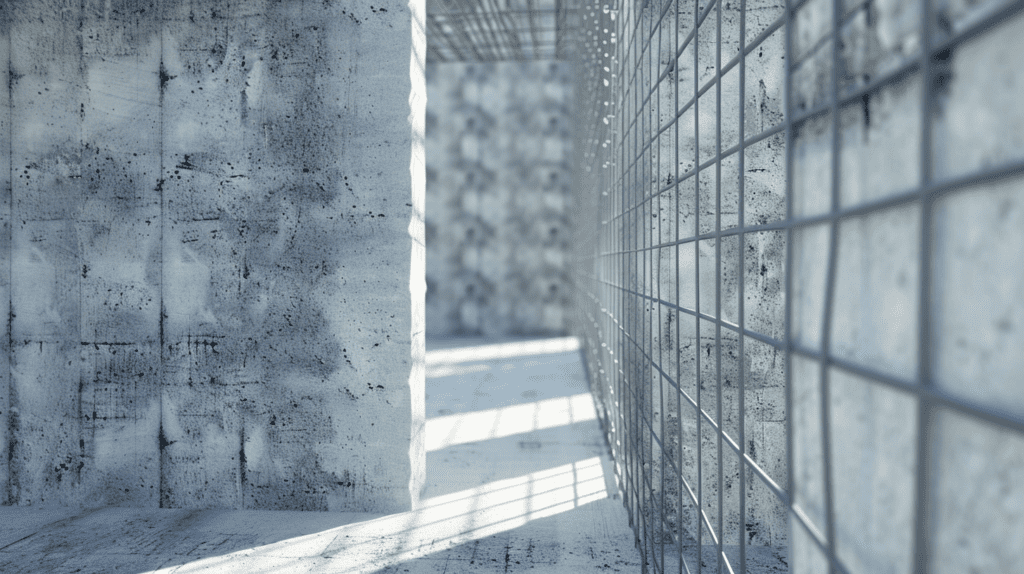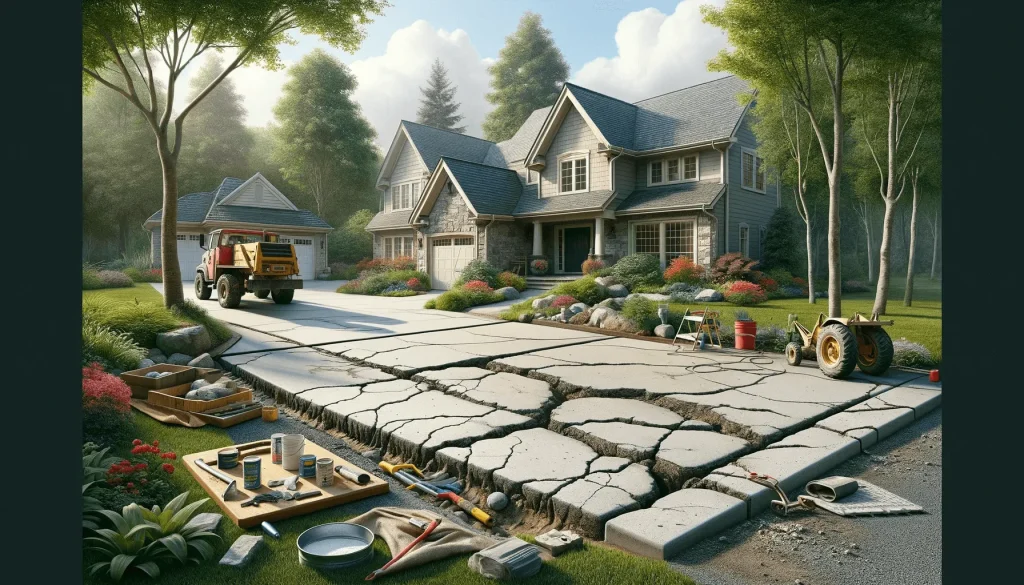Is wire mesh necessary in concrete construction? Short answer: yes! The use of wire mesh in concrete construction is a topic of considerable debate, with opinions varying on its necessity for reinforcing structures. We’re about to dive into the multifaceted role of wire mesh, evaluating its strengths, comparing it with alternatives like fiber mesh, and discussing its practical applications to determine when its use is most beneficial. We will also look ahead to the future of wire mesh in the construction industry, considering innovations and environmental factors.
Key Takeaways
- Wire mesh is crucial for reinforcing concrete in structures requiring high tensile strength and load-bearing capacity, such as commercial buildings and large infrastructures.
- Installation of wire mesh is a skilled task, and proper placement is essential to maximize its effectiveness in enhancing structural integrity and preventing cracks.
- Wire mesh and fiber mesh serve different purposes in construction; their use depends on project-specific needs, including cost, corrosion resistance, and suitability for concrete sections.
- Combining wire mesh with other reinforcements like fiber mesh can yield the benefits of both, but this requires careful planning and professional execution.
- The construction industry continues to innovate with wire mesh, focusing on sustainability and predicting trends that could influence its future applications and demand.
Understanding the Role of Wire Mesh in Concrete Reinforcement
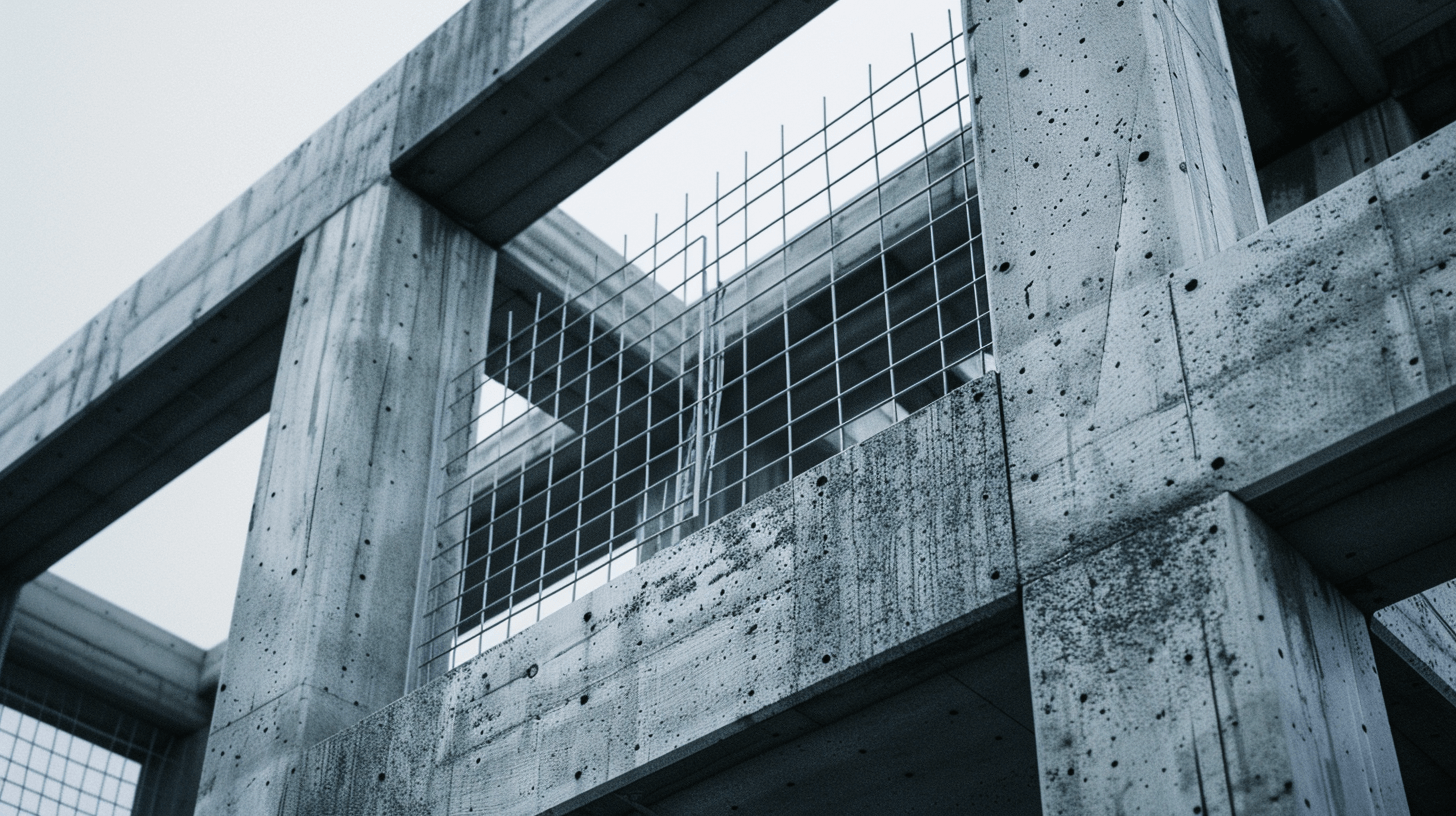

The Fundamentals of Wire Mesh
Wire mesh serves as a crucial component in concrete reinforcement, providing high tensile strength and durability to structures. It is often questioned whether does concrete need wire mesh; the answer lies in the project’s demands for resilience, especially in areas of significant stress. Wire mesh ensures the integrity of concrete in commercial buildings, industrial floors, and large infrastructure projects.
Choosing the right grade of wire mesh is essential for the specific needs of a construction project. It complements the use of Rebar (reinforcing bar), which is typically used for larger structural elements due to its robustness.
The installation of wire mesh requires careful consideration and expertise to maximize its benefits. Below is a list of factors to consider when implementing wire mesh in concrete construction:
- Assessing the load-bearing requirements of the project
- Determining the appropriate wire mesh grade
- Understanding the installation process and techniques
- Considering the potential need for additional reinforcements
Tensile Strength and Load-Bearing Capacity
Wire mesh is a critical component in concrete construction due to its high tensile strength, which is essential for projects that require the ability to withstand heavy loads. This characteristic is particularly important in commercial buildings, industrial floors, and large infrastructure projects where the integrity of the structure is paramount in areas subjected to significant stress and strain.
Choosing the right grade of wire mesh is crucial as it directly impacts the concrete’s load-bearing capacity and overall durability. The tensile strength of wire mesh ensures that the concrete can handle the demands of the environment it serves.
Understanding the composite material’s ability to carry loads is vital, and recent advancements in modeling techniques have facilitated the calculation work for complex structures, reducing the need for extensive testing. This progress in research and development underscores the importance of tensile strength in the design and execution of concrete structures.
Installation Considerations and Expertise Required
The installation of wire mesh is a critical step in concrete construction, with the proper placement of the mesh being essential for its effectiveness. Construction professionals must ensure that the mesh is laid out uniformly and secured within the concrete to enhance durability and load-bearing capacity.
Vital considerations include the project’s specific strength and flexibility requirements, as well as the expertise of the installers. Inadequate installation can lead to structural issues, emphasizing the importance of professional execution.
The process is generally straightforward, but it does require some knowledge and experience. For instance, Teinert mentions that their team received manufacturer training to ensure correct procedures, highlighting that while there is a learning curve, the installation is not overly complex and does not require expensive equipment. Planning is key, including considerations for the footprint of installations like lifts, and ensuring proper spacing from walls and other structures.
- Key Installation Steps:
- Assess the project’s specific reinforcement needs.
- Plan the layout of the wire mesh, considering the structure’s footprint.
- Secure the mesh uniformly within the concrete formwork.
- Coordinate with contractors for additional considerations like saw-cut joints.
Comparing Wire Mesh and Fiber Mesh in Construction
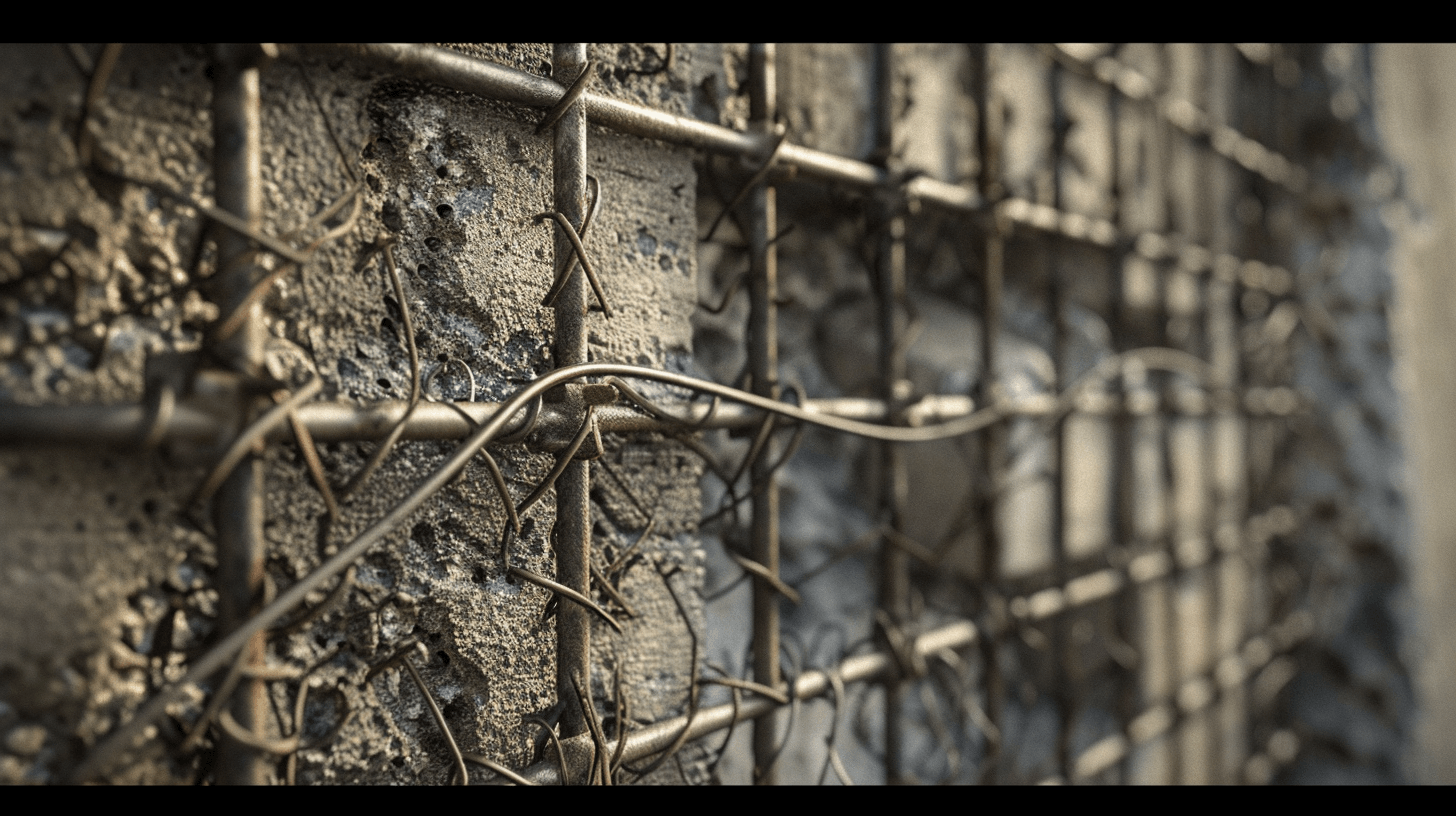

Key Differences and Applications
When considering fiber-reinforced concrete as an alternative to conventional steel, it’s important to understand the key differences and applications of each material. Wire mesh, typically made of steel, is commonly used in slabs, foundations, and driveways due to its robustness and ability to withstand significant loads. On the other hand, fiber mesh, which can be composed of materials like plastic, glass, or steel fibers, is more suited for thin slabs, overlays, and shotcrete applications.
The choice between wire mesh and fiber mesh also involves factors such as material composition and the specific needs of a construction project. Here’s a concise comparison:
- Material: Wire mesh is steel-based; fiber mesh may include plastic, glass, or steel fibers.
- Applications: Wire mesh is preferred for heavier construction; fiber mesh is ideal for lighter, more flexible applications.
While wire mesh has been a staple in the construction industry, the emergence of fiber-reinforced concrete offers a cost-effective, durable, and potentially sustainable alternative for certain applications.
Cost and Corrosion Resistance Factors
When considering the use of wire mesh in concrete construction, two critical factors come into play: cost-effectiveness and corrosion resistance. Wire mesh is often seen as a cost-effective solution for large-scale projects, due to its durability and the relative ease of installation. However, the initial savings may be offset by the long-term challenge of corrosion, especially in harsh environmental conditions.
Fiber mesh, on the other hand, boasts superior corrosion resistance, which can significantly extend the lifespan of a concrete structure. This makes it particularly advantageous in environments where exposure to moisture and chemicals is a concern. Despite its higher upfront cost, the long-term benefits of reduced maintenance and replacement costs can make fiber mesh a more economical choice over time.
The choice between wire mesh and fiber mesh should be informed by a comprehensive analysis of both immediate costs and future maintenance implications.
The table below summarizes the key cost and corrosion resistance factors for wire mesh and fiber mesh:
| Factor | Wire Mesh | Fiber Mesh |
|---|---|---|
| Cost | Economical for large projects | Higher initial cost |
| Corrosion Resistance | Susceptible to rust | Superior resistance |
| Suitability for Thin Sections | Less suitable | More flexible |
Consulting with construction and engineering professionals is essential to determine the most appropriate reinforcement for a project. Their expertise can guide the selection process, ensuring that the final structure meets both performance and budgetary requirements.
Suitability for Different Concrete Sections
When considering the reinforcement of concrete slabs, the choice between wire mesh and fiber mesh is influenced by various factors, including construction standards and the specific requirements of the project. Wire mesh is traditionally used in concrete slabs for its ability to provide superior tensile strength and support. However, the introduction of fiber mesh has offered an alternative that can be mixed directly into the concrete, providing a more uniform distribution of reinforcement.
The decision between wire mesh and fiber mesh should be guided by the project’s unique demands and the desired outcomes in terms of durability and maintenance.
Construction standards often dictate the type of reinforcement required for different concrete sections. While wire mesh is a staple in many construction projects, fiber mesh is gaining popularity for its corrosion resistance and ease of installation. The following list outlines the suitability of each reinforcement type for various concrete sections:
- Wire Mesh: Ideal for large areas where crack control is essential, such as in parking lots and industrial flooring.
- Fiber Mesh: Suitable for complex shapes and thinner sections where traditional wire mesh may be difficult to install.
- Combination: In some cases, combining both wire mesh and fiber mesh can provide the benefits of both materials, ensuring optimal performance.
Practical Applications and Benefits of Wire Mesh
Enhancing Structural Integrity
Wire mesh plays a crucial role in enhancing the structural integrity of concrete structures, serving as a key component in concrete reinforcement. Its inclusion is particularly vital in areas subjected to heavy loads or where additional strength is required.
- Prevents the occurrence of random cracking: By distributing loads evenly, wire mesh helps to prevent the formation of cracks, which can compromise the structural integrity over time.
- Increases durability: The mesh provides resistance against impacts and environmental factors, contributing to the longevity of the structure.
- Facilitates repair and maintenance: Should damage occur, the presence of wire mesh can simplify repair processes, potentially reducing the need for extensive repairs or replacements.
Wire mesh reinforcement is not just about immediate strength; it’s about ensuring the long-term resilience and stability of a concrete structure. While not always visible, its impact is profound, safeguarding against deterioration and extending the lifespan of the construction.
Preventing Cracks and Even Load Distribution
In the realm of concrete construction, crack prevention is a paramount concern. Wire mesh plays a crucial role in this aspect by providing a supportive grid that helps to distribute stresses evenly across the concrete surface. This is especially important in slab-on-grade foundations, where the absence of a consistent flat slab can lead to differential stresses and subsequent cracking as the concrete cures and shrinks.
The load-bearing capacity of a concrete structure is significantly enhanced by the inclusion of wire mesh. It acts as a reinforcement that absorbs and distributes the forces that would otherwise cause cracking and structural weaknesses. The table below illustrates the effectiveness of wire mesh in reducing crack widths and maintaining the integrity of concrete slabs:
| Crack Width Without Mesh | Crack Width With Mesh | Improvement |
|---|---|---|
| 1.0 mm | 0.5 mm | 50% |
| 2.0 mm | 0.7 mm | 65% |
Wire mesh, consisting of interconnected wires forming a grid, is excellent for distributing weight and preventing cracking in concrete. It’s particularly useful in applications where the concrete is expected to handle significant loads over time.
While fibers in concrete can help to minimize joint widths and control random cracking, they are often used in conjunction with wire mesh for optimal crack control and strength. The synergy between these materials ensures a robust and durable concrete structure.
Versatility in Various Construction Scenarios
Wire mesh’s customization and versatility are pivotal in its widespread use across various construction scenarios. Suppliers cater to diverse project requirements by offering wire mesh in multiple sizes and shapes, ensuring that each construction need is met with precision. This adaptability is not limited to traditional uses such as road construction; it extends to soil stabilization, slope protection, and drainage systems, showcasing the material’s multifaceted applications.
The interchangeability of wire mesh with other construction materials also speaks to its versatility. It can be used in conjunction with thinner constructions and alternative binders, providing contractors with the flexibility to choose the best option for their specific project needs. The following list highlights some of the key areas where wire mesh proves its adaptability:
- Road construction and repair
- Soil stabilization efforts
- Slope protection measures
- Drainage system installations
- Warehouse cage fencing
Wire mesh stands as an ideal choice for discerning contractors who prioritize efficiency and quality. Its ability to be tailored to the unique challenges of a project ensures a seamless integration into the construction process, enhancing both functionality and structural integrity.
Making the Right Choice: When to Opt for Wire Mesh
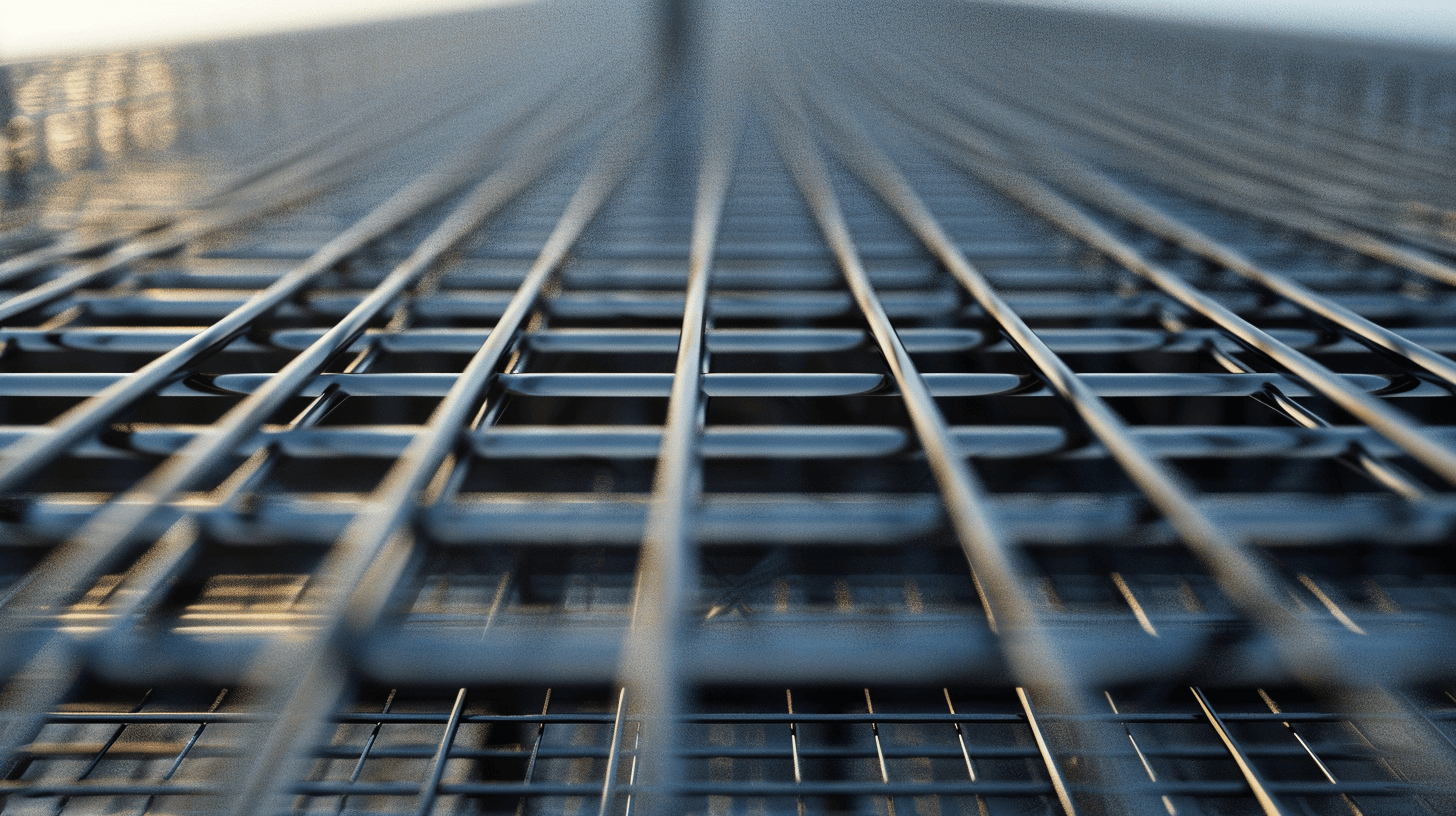

Assessing Project-Specific Needs
When determining if wire mesh is necessary for a concrete construction project, it is essential to assess the specific needs of the project. This involves considering the structural requirements, environmental conditions, and budget constraints. For instance, projects that will be exposed to harsh environments may require the corrosion resistance that fiber mesh provides, while those needing high tensile strength might be better served by wire mesh.
The choice of reinforcement should be informed by a comprehensive understanding of the project’s demands and the performance characteristics of the available materials.
Consulting with construction and engineering professionals is crucial, especially for complex or specialized projects. These experts can offer insights based on years of experience and a deep understanding of material science, ensuring the structure’s integrity and longevity.
Combining Wire Mesh with Other Reinforcements
In the realm of concrete construction, the synergy between different reinforcement methods can lead to enhanced structural performance. Combining wire mesh with other reinforcements, such as fiber mesh, is not only feasible but can also capitalize on the unique advantages of each material. This approach can yield a composite reinforcement system that leverages the load-distributing properties of wire mesh with the crack prevention capabilities of fiber mesh.
When considering the integration of wire mesh with other reinforcements, it is essential to understand the roles that each material plays within the concrete matrix. The strategic placement of wire mesh can be complemented by the uniform dispersion of fiber mesh throughout the concrete, creating a robust and resilient structure.
It is important to note that the decision to combine reinforcements should be based on a thorough assessment of the project’s specific needs. Factors such as environmental conditions, load requirements, and desired longevity should guide the selection process. Below is a list of considerations when planning to use multiple reinforcement methods:
- Assess the environmental conditions and choose materials accordingly.
- Determine the load-bearing requirements of the structure.
- Evaluate the potential for cracking and select reinforcements that address this concern.
- Consult with engineering professionals to ensure optimal material integration.
Professional Installation for Optimal Performance
The correct installation of wire mesh is crucial for the structural integrity of concrete constructions. It requires meticulous attention to detail to ensure that the mesh is laid out evenly and secured within the concrete, which directly impacts the durability and load-bearing capacity of the structure.
Professional installation not only adheres to standards and regulations but also maximizes the longevity, safety, and functional performance of the construction. The process involves several key steps:
- Accurate measurement and cutting of wire mesh to fit the designated area
- Proper positioning of the mesh within the concrete to avoid displacement during pouring
- Securing the mesh with appropriate fixtures to maintain its placement
- Inspection of the mesh placement before, during, and after concrete pouring
The ability to adapt to the specific needs of a project is essential. Professional installers can tailor their approach to accommodate various construction scenarios, ensuring optimal reinforcement where it is most needed.
The Future of Wire Mesh in Construction


Innovations and Advancements
The field of concrete reinforcement is witnessing significant innovations and advancements that promise to revolutionize the industry. Among these, the development of nano-materials stands out, with substances like carbon nanotubes and graphene being introduced to concrete to significantly enhance its strength and durability at a molecular level.
Another groundbreaking innovation is self-healing concrete, which utilizes bacteria that produce limestone to autonomously repair cracks as they develop. This technology aims to extend the longevity of concrete structures, potentially reducing the need for repairs and replacements.
- Poly coated and stainless steel rebar tie wires for increased durability
- Super-flow planers for improved workflow and efficiency
- Self-healing concrete with bacteria-induced limestone production
These advancements not only improve the material properties of concrete but also contribute to more sustainable construction practices by minimizing maintenance and extending the service life of structures.
Sustainability and Environmental Considerations
The use of wire mesh in construction not only aligns with current sustainability standards but also offers a pathway to more eco-friendly building practices. Its potential for reuse and recycling at the end of its lifecycle makes wire mesh a compelling choice for environmentally conscious projects.
- Durability and the possibility of repurposing wire mesh contribute to its eco-friendly profile.
- Operational efficiency is enhanced, leading to streamlined workflows and improved safety.
- The environmental impact of wire mesh is lower compared to traditional reinforcement methods, such as rebar, due to its prefabricated nature.
Wire mesh stands out as an environmentally responsible option that supports the construction of greener bridges, tunnels, and buildings, while ensuring compliance with safety and performance standards.
Predictions for Industry Trends
The wire mesh market is poised for significant expansion, with forecasts indicating robust growth in the coming years. This growth is expected to be driven by a surge in construction activities and a heightened demand for industrial applications. As the industry evolves, we may see a shift towards more sustainable and innovative wire mesh products, aligning with global trends towards environmental responsibility.
The table below outlines potential growth areas for wire mesh in the construction sector:
| Year | Growth Area | Expected Trend |
|---|---|---|
| 2024 | Construction | Rising Demand |
| 2025 | Industrial | Increased Use |
| 2026 | Sustainability | Eco-friendly Products |
The integration of advanced technologies and materials could lead to the development of wire mesh that is not only stronger and more durable but also more environmentally friendly. This could revolutionize the way wire mesh is used in construction, potentially making it a staple in sustainable building practices.
As we look to the future, it’s clear that the wire mesh industry will continue to adapt and innovate. The key to success will be in anticipating market needs and staying ahead of the curve in terms of product development and environmental considerations.
As the construction industry evolves, wire mesh is becoming an increasingly vital component in building projects. Its versatility and strength make it an indispensable material for modern construction techniques. To learn more about the innovative uses of wire mesh and how it can benefit your next project, visit our comprehensive resource at ConcreteWiki.com. Stay ahead of the curve and explore the future of construction with us!
Conclusion: Is Wire Mesh Necessary in Concrete Construction?
In summary, yes, wire mesh is a fundamental component in concrete construction, offering high tensile strength and load-bearing capabilities essential for heavy-duty applications. Its cost-effectiveness and proven track record in large-scale projects make it a go-to choice for many builders. However, its installation requires professional expertise, and its vulnerability to corrosion must be considered.
The choice between wire mesh and alternative reinforcements like fiber mesh should be guided by the specific demands of the project, with an emphasis on structural integrity and long-term performance. Ultimately, the decision to use wire mesh in concrete construction is not a blanket solution but a strategic choice that should be made after careful consideration of all factors involved.
Frequently Asked Questions
What is wire mesh and why is it used in concrete construction?
Wire mesh, predominantly made of steel, is used in concrete construction to reinforce structures such as slabs, foundations, and driveways. It provides high tensile strength, supporting heavy loads and enhancing a structure’s integrity, especially in areas subjected to significant stress and strain.
What are the key differences between wire mesh and fiber mesh?
Wire mesh is known for its high tensile strength and suitability for heavy load-bearing projects, while fiber mesh offers superior corrosion resistance and is more flexible, making it better suited for thinner concrete sections. Cost-wise, wire mesh is more cost-effective, especially for large-scale projects.
Can wire mesh and fiber mesh be used together in a concrete project?
Yes, it’s possible to use both wire mesh and fiber mesh in a single concrete project. This combination can provide structural strength from wire mesh and crack prevention benefits from fiber mesh. Planning and professional consultation are essential when combining these reinforcements.
What are the installation considerations for wire mesh in concrete?
Installation of wire mesh demands expertise to ensure effectiveness. It involves careful planning and execution, ensuring that the mesh is laid out uniformly and secured within the concrete matrix to enhance durability and load-bearing capacity. Improper placement can lead to structural failures.
How does wire mesh help prevent cracks in concrete?
Wire mesh helps prevent cracks in concrete by providing additional strength and evenly distributing the load across the structure, which minimizes stress concentrations that can lead to cracking. It’s particularly effective in areas where the concrete is expected to experience heavy use or movement.
What should be considered when choosing wire mesh for a construction project?
When choosing wire mesh for a construction project, consider the specific needs such as the level of strength and flexibility required, the project’s scale, and potential exposure to corrosive elements. Professional advice is vital to select the right grade and ensure professional installation for optimal performance.

